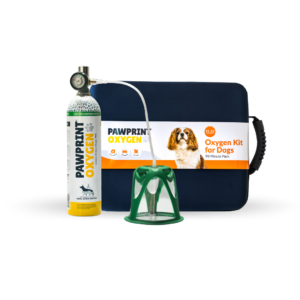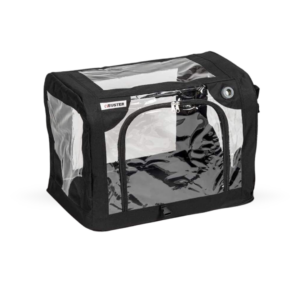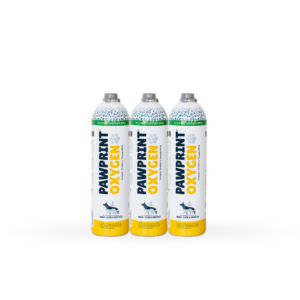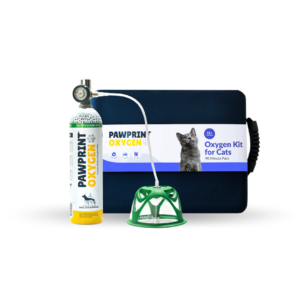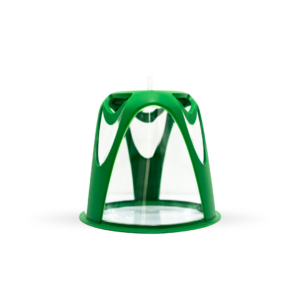How do veterinarians determine the oxygen flow rate for dogs and cats?
Veterinarians determine the oxygen flow rate for dogs and cats by measuring the animal’s respiratory rate and oxygen saturation levels.
They may use a device called a pulse oximeter, which is a non-invasive tool that attaches to the animal’s ear or paw and measures the amount of oxygen in the blood. The veterinarian will then adjust the flow rate of the oxygen to maintain the animal’s oxygen saturation within a safe range, typically between 94-98%.
Additionally, the veterinarian may also observe the animal’s breathing patterns, chest movement, and overall level of distress to determine the appropriate flow rate.
What is a good oxygen saturation level for my Pet?
A good oxygen saturation level for a pet is typically considered to be between 94-98%. This means that 94-98% of the pet’s red blood cells are carrying oxygen.
Oxygen saturation levels lower than this may indicate that the pet is not getting enough oxygen, which could be a sign of respiratory distress or other health problems. In these cases, the veterinarian will adjust the flow rate of the oxygen to bring the pet’s oxygen saturation level back within the normal range.
It’s worth noting that this is a general guideline, and the ideal oxygen saturation level for a specific pet may vary depending on the individual animal’s underlying health conditions, age, and other factors.
Oxygen Flow Rate Quick Guide
The appropriate oxygen flow rate will be determined by your presiding veterinarian. The chart below represents guidelines for oxygen dosage and flow rate.
While we provide recommended dosages, we always defer to the presiding veterinarian and require that dosage and flow rate is decided by the veterinarian. The oxygen regulator will be set to the flow rate that the veterinarian prescribes.

What is an Oxygen Regulator?
An oxygen regulator is a device that controls the flow of oxygen from a pressurized oxygen source, such as a cylinder or concentrator, to the patient or equipment that requires it. It reduces the pressure of the oxygen coming from the cylinder to a lower, more manageable pressure that can be used safely and effectively. It also allows the user to adjust the flow rate of the oxygen to match the specific needs of the patient.
Oxygen regulators typically have a gauge that displays the pressure of the oxygen coming out of the cylinder, and a flow control knob that allows the user to adjust the flow rate. Some regulators also have a safety valve that will automatically shut off the flow of oxygen if the pressure becomes too high.
There are different types of oxygen regulators that are used in different settings. For example, some regulators are designed for use in hospitals and clinics, while others are designed for use in home care settings.
Pawprint Oxygen Rescue Kits
Our rescue Oxygen kits are ready-made for a pet parent to use at home or in transport to their veterinarian. Based on the kit you select, based on your pet’s weight, the kit will have a pre-prescribed flow rate regulator and appropriately sized pet oxygen mask, as well as the recommended amount of Oxygen Canisters. Depending on the expected use or level of preparedness a Pet Parent wants to have, you are able to order extra canisters with your kit for an extra supply of Oxygen.
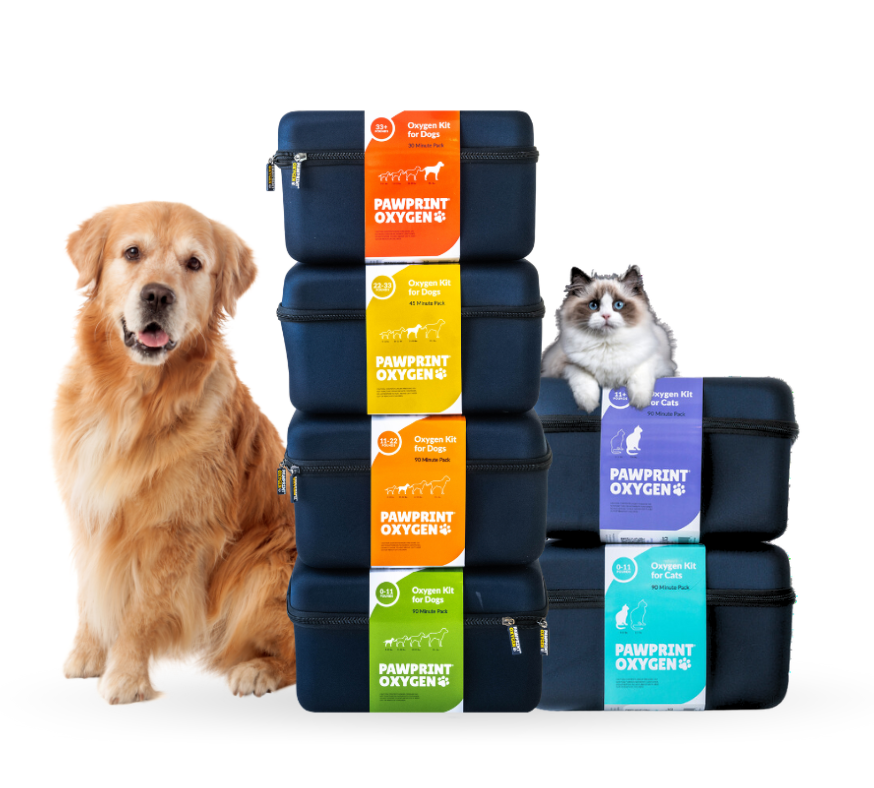
Vet Resources
Whitepapers, videos, guides and more
For Vets
How to order, prescribe and products we offer for veterinarians



